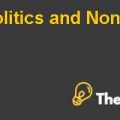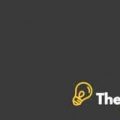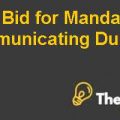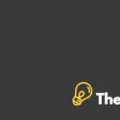
Marvel Enterprises, Inc.
Introduction:
The top management of the Marvel Enterprises, a company known for its universe of superhero characters that includes Spider-Man, the Hulk, and X-Men, must review its marketing strategy. In June 2004, six years after the company emerged from bankruptcy, Marvel has attained a market value of more than $2 billion. The company was originally known as a comic book publisher; its first comic was published by the company in 1939, however the company now also has highly profitable toy, motion picture, and consumer products licensing operations. Nonetheless, doubts about Marvel's business model and its growth potential continue to exist.
Company’s background:
Marvel was founded in 1939; the company developed one of the oldest and most recognizable collections of the characters in the entertainment industry worldwide. The fictitious Marvel Universe include The Hulk, X-Men, and thousands more who shared a common context and long history of interlocking story lines.
In 1989, investor, Ronald Perelman, bought Marvel Comics and turned it into a publicly listed company, Marvel Entertainment Group. He eliminated unprofitable lines of business, streamlined operations, acquired other comic-book publishers, and diversified outside the core comic-book business. Initially, this led to a solid performance record. However, in the mid-1990s, the core business began to falter. Amid the accusations that Perelman had mismanaged the company for his personal gain, Marvel filed for bankruptcy in the late 1990s. A fierce legal battle raged until October 1, 1998, when Toy Biz, Inc. acquired it out of bankruptcy and renamed it Marvel Enterprises, Inc.
The new board, including Toy Biz owners Perlmutter and Arad, named Cuneo the CEO in July 1999 and hired several other new executives. Marvel posted a $105 million loss for 2000, but its performance improved substantially after that. The new team described the revamped company as a “mini-conglomerate” with three divisions: comic-book publishing, toys, and licensing. The management’s new strategy aimed first at monetizing the content library by licensing characters for use with media products (motion pictures, television, publishing, and video games) as well as other consumer products (toys, apparel, collectibles, and food). Activities in the three divisions reinforced each other. The movies produced by the company attracted the viewers to buy the comic books, video games, T-shirts with Marvel logo and other consumer products of the company.
Marvel Divisions:
Marvel Enterprise has three different types of divisions in the company. They are:
Comic-Book Publishing:
The first division of the company includes Comic-Book publishing. There are two main products of the division periodicals and graphic novels. The main customers of the products include young and adults between the age group of 13-23 years.
Toys:
The second division of Marvel is Toys i.e. electronic Hulk hands and Spider man web blaster. The customers of this range are children between the groups of 4-12.
Licensing:
Finally, the company has licensing earnings. These earnings come from the manufacturers of different products using the brand name of the Marvel Company.
Overview of the problem:
Marvel Enterprise’s management is facing a challenge to review its marketing strategy and to make the marketing strategies enabling the company’s future growth. In June 2004, six years after the company emerged from bankruptcy, Marvel attained a market value of more than $2 billion. The company was originally known as a comic book publisher; its first comic was published by the company in 1939 however, the company now also has highly profitable toy, motion picture, and consumer products licensing operations. Nonetheless, doubts about Marvel's business model and its growth potential continue to exist.
Strategic Tools:
Industry overview:
The environment and market of the Marvel Enterprise can be analyzed through different models and frameworks. Over here,the macro environment and the market analysis are carried out through PESTEL and Porter Five Forces:...................
This is just a sample partial case solution. Please place the order on the website to order your own originally done case solution.











